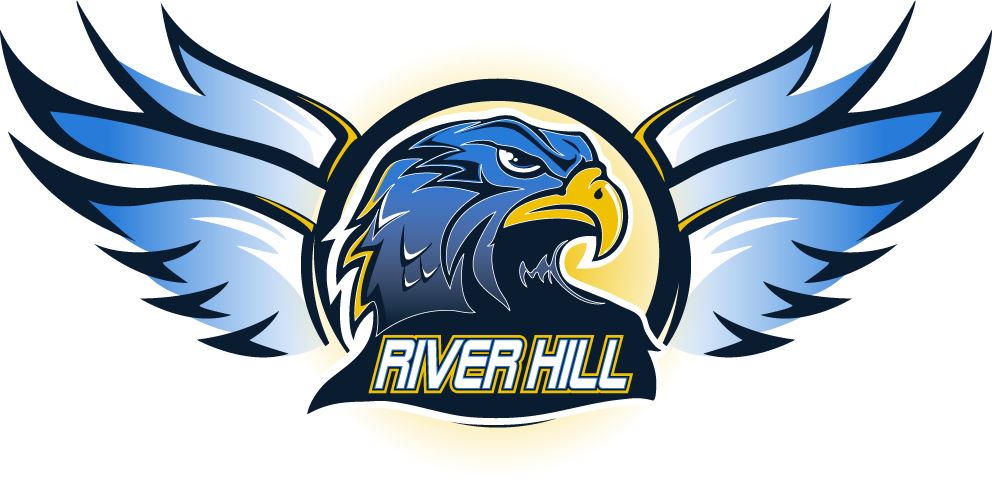by Gabby Lewis
On September 16th, the River Hill Watershed Committee threw the Watershed Palooza to reach out to the River Hill Community and promote information about the watershed and ways to help protect it.
The Palooza took place in Claret Hall at the River Hill Village Center, and many groups from the Howard County Environmental Services to Natural Resources to students from River Hill participated in set-up, clean-up, and management of the activity stations. Some stations let attendees make environment-friendly crafts like bird feeders, tee-shirt bags, and seed bombs while others educated them about a certain topic relating to the watershed like the water cycle and bees and their role in the watershed ecosystem.
One of the coordinators, Heidi Hoffmeister, states that the purpose of the event was to fulfill a part of a grant from the Chesapeake Bay Trust. “We had to do a community outreach, and someone had come up with a watershed event with kids.”
The Palooza acted as a way to bring the River Hill community together to promote the protection of the watershed and an opportunity to teach the families that came about how they can preserve the watershed they live in.
The Chesapeake watershed encompasses parts of six states, and since Marylanders live in it, it’s important to try and preserve the space we live in not just for ourselves but for the other animals and plants living in it as well.
The Palooza is an annual event, and it will likely continue to keep reaching out to more and more people each year. “I personally liked just being able to coordinate so many people and organizations and making contacts, especially with the County,” Hoffmeister says. Her favorite part of the event this year was getting involved with so many different groups while organizing the Palooza. “We live in a place that has wonderful services, and I don’t think most people realize that. Everybody’s just wanted to get involved in a very tangible way.”
Hoffmeister originally became involved with the Palooza when her daughter, Chloe, needed to fulfill community service hours. They both gave ideas about what ordinary people can do if they want to help with the preservation of the watershed. Chloe says, “You can compost and not wash your car in the driveway because the soap goes into the Bay, and you can talk to the Watershed Committee.”
Heidi’s ideas about how to help preserve the watershed were similar to the ones her daughter suggested. “I think all of the stations were designed with that [volunteering to protect the watershed] in mind, that you could find something that peaked your interest or that possibly you had a passion in. Maintaining a garden, maintaining a pollinator area, composting, not consuming so much, that’s a pretty easy thing.”
The Watershed Palooza promoted awareness about the watershed and how we can decrease factors that hurt the Bay and everything living in the watershed. Hopefully, those who attended will take what they’ve learned or what they’ve made and use it to help keep the environment in a happy and healthy place.

